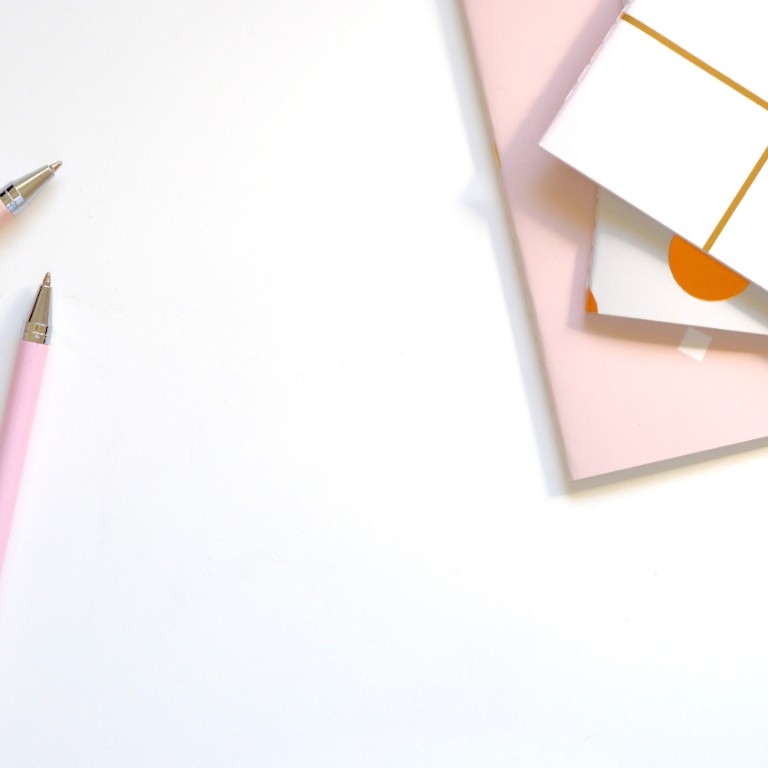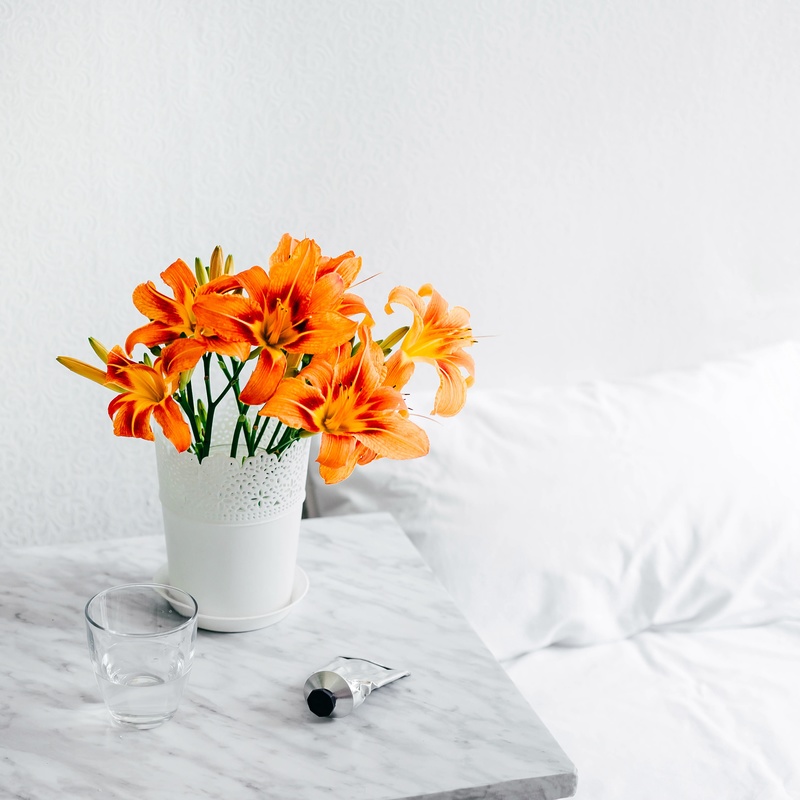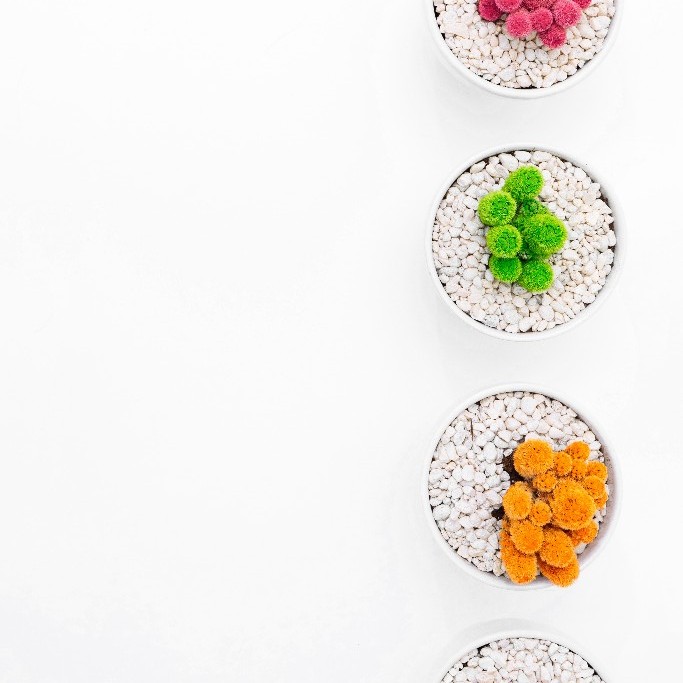I don’t know why I am doing this. I can’t handle it!” You thought you knew how to recognize and solve your IHC artifacts but after reading the troubleshooting guide the answers seem so far away. Long lists of tips. Examples too difficult to understand. Not-so-friendly images.
Feeling overwhelmed? You are not alone. Although sometimes troubleshooting seems unbearable, there is no need to worry! Troubleshooting is nothing more than the logical elimination of variables.
In our previous blog (Artifacts in IHC: the Usual Suspects - Part I) we have identified the major suspects (sample, antibodies, and protocol) responsible for the most common IHC artifacts such as lack of staining, nonspecific binding, and high background.
If you are now looking for tips on how to avoid artifacts in your IHC staining read on.
Overwhelmed by troubleshooting?
During the past few decades, improvements in the reagents and protocols used for immunohistochemistry have led to increased sensitivity of detection systems, contributing to the elimination of staining artifacts. However, it is still a daunting task to determine what is or is not nonspecific background staining and what is specific antigen staining or to identify the sources of background and the best approach to minimize noise and enhance the signal.
All that you need is a combination of the right elements, a dose of experience, a few tricks, and a grain of common sense. Take one thing at a time. Make a list of things you need to get done and start with it.



